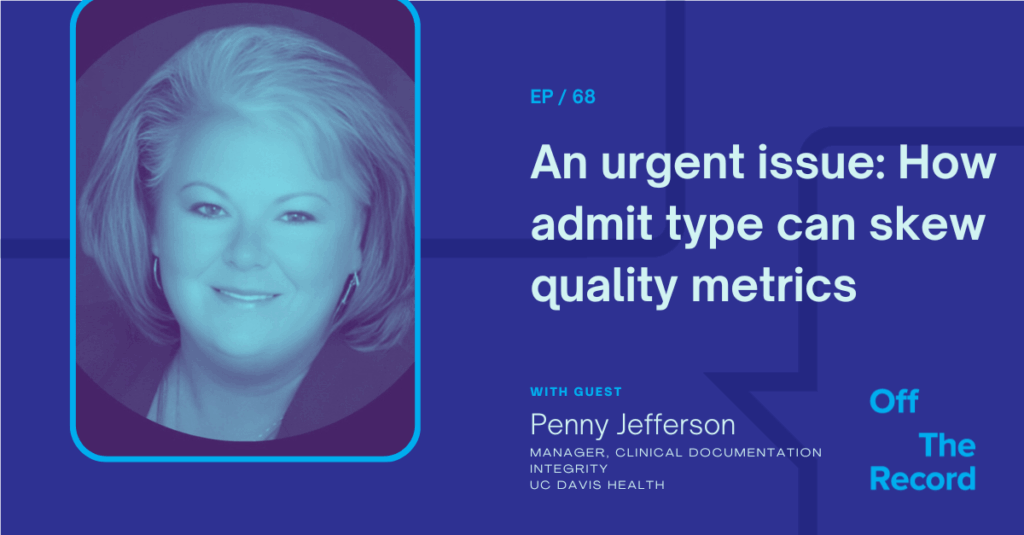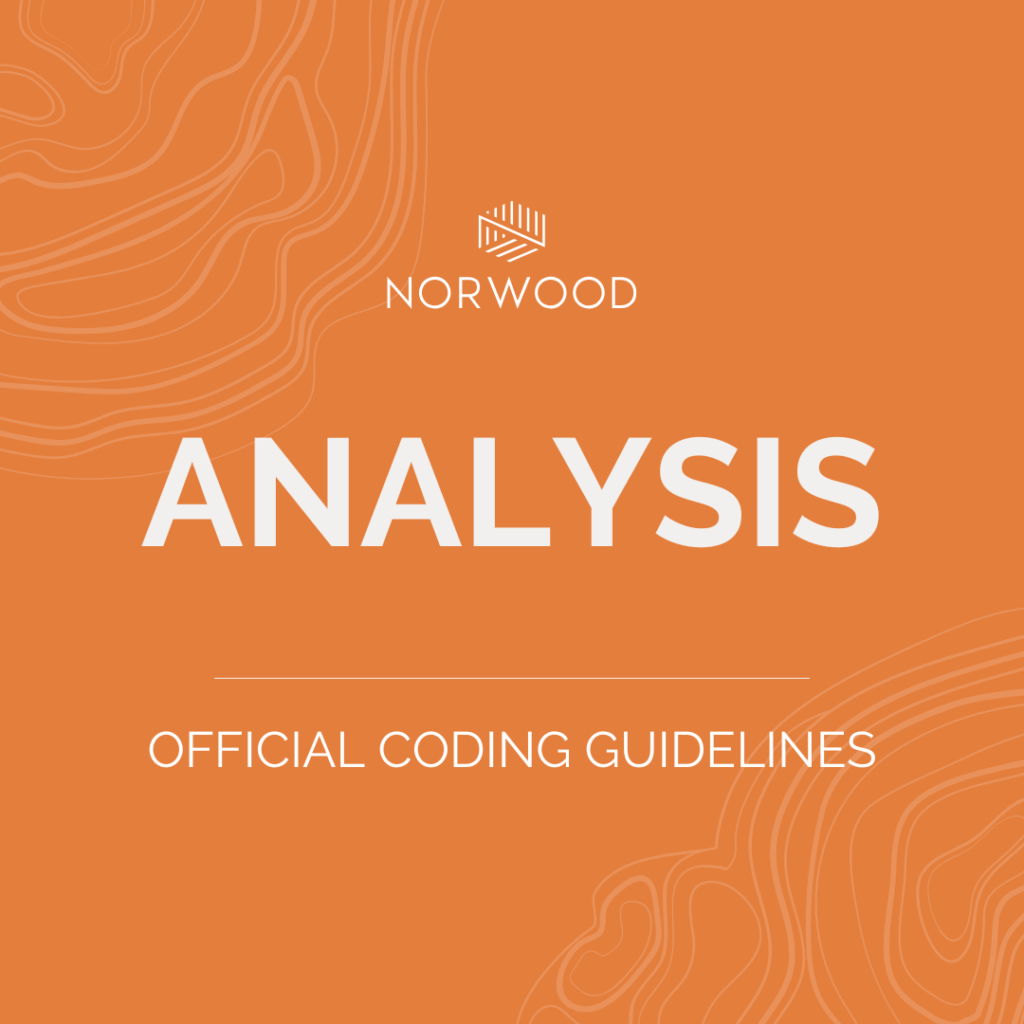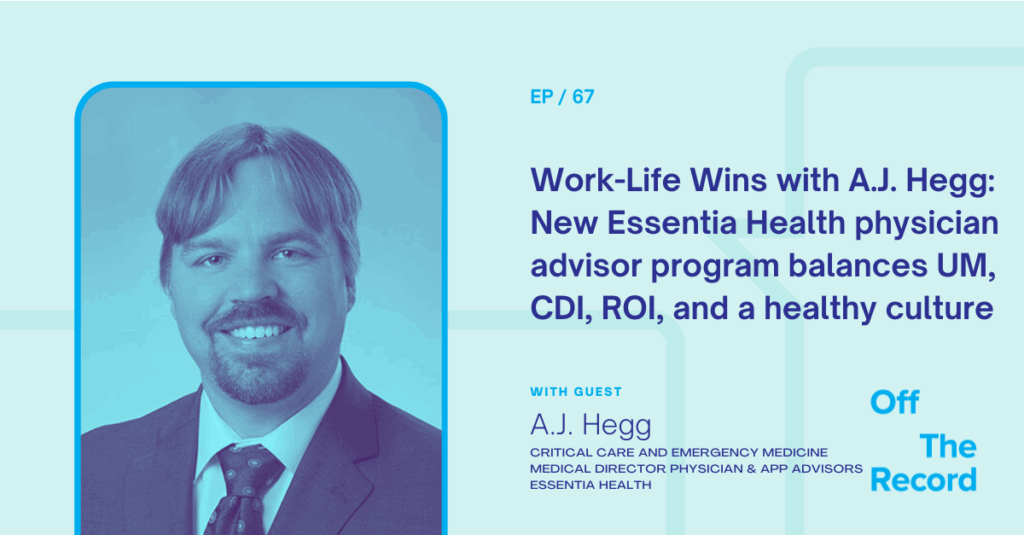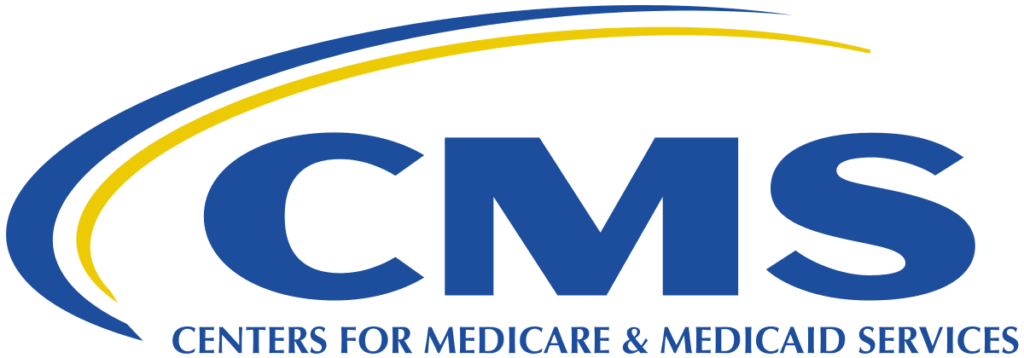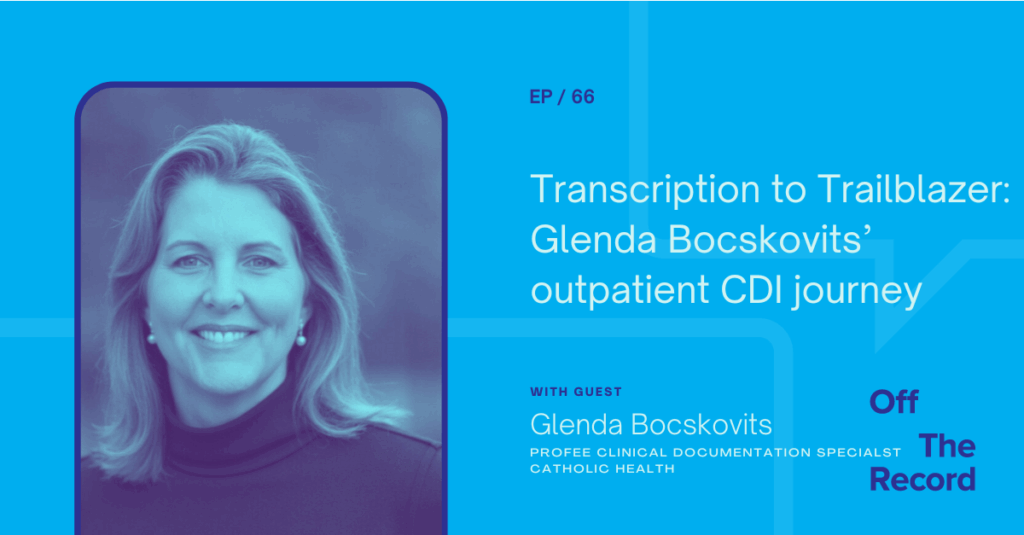Posts by Norwood Staffing
An urgent issue: How admit type can skew quality metrics
Listen to the episode here. I’m recently back from the 2025 ACDIS national conference, and as usual flush with the latest in CDI trends, education, and breaking news. And right at the top of my takeaways is a seemingly innocuous classification with big ramifications: admit type. What makes this a big deal? Some hospitals…
Read MoreThe increasing complexity of CDI begs the question: How can we simplify and move forward?
By Brian Murphy Clinical documentation integrity (CDI) has grown increasingly complex. We’ve all heard about the “quadruple aim” of healthcare (a framework whch I’ve never liked, four aims = no aim), but in comparison to CDI the quadruple aim=amateur hour. Many CDI programs have more than a dozen aims. Today a CDI department might track…
Read MoreAssigning codes from clinicians other than the patient’s provider
By Brian Murphy One of the hard truths about medical coding is that codes can only be assigned based on documentation from the patient’s provider. More specifically, a qualified physician or other practitioner who can be held legally accountable for rendering a patient’s diagnosis. This rule undoubtedly is a source of frustration and even provider…
Read MoreWork-Life Wins with A.J. Hegg: New Essentia Health physician advisor program balances UM, CDI, ROI, and a healthy culture
Listen to the episode here. Until about 6-7 years ago A.J. Hegg had little idea what the acronyms CDI or UM were, much less what they did or how they helped hospitals. Today the Essentia Health hospitalist is leading a new physician advisor program and making a big impact on his organization. Both from…
Read MoreGood denial news: 2026 Medicare Advantage Final Rule prevents MA plans from reopening previously approved inpatient admissions
By Brian Murphy CMS in April released the 2026 Medicare Advantage final rule. Here’s three important items you should know about. Between this and the 2026 IPPS proposed rule we’re drowning in rules, so if you hope to stay on top it’s important to read what experts have to say. One such person is Richelle…
Read MoreComplying with Medical Record Documentation Requirements
CMS published a valuable and (surprisingly) easy to read fact sheet relevant to anyone in the mid-revenue cycle. Link to “Complying with Medical Record Documentation Requirements” below, along with a handy ACDIS recap. The fact sheet lays out four common sources of denial related to insufficient documentation. CDI, coding, and compliance professionals, take note. The…
Read More2026 IPPS proposed rule: Seven key takeaways for CDI, coding professionals
The FY 2026 IPPS proposed rule is out… what does it contain? With the change in administration I wondered if we wouldn’t see a delay or even suspension of new IPPS rules. That wasn’t the case. The rule was published Friday, April 11. Overall, no huge changes or surprises. I wouldn’t call the 2026 IPPS…
Read MoreSocial Determinants of Health (SDOH), integral to preventive medicine and cost reduction, in jeopardy under new CMS administration
By Brian Murphy Health is far more than just biology, pathophysiology, or medical facts about a patient. Non-medical factors influence health outcomes, including the conditions into which people are born and live. Think about housing instability, lack of access to care, poor food security, and (un)employment. Today we call these social determinants of health (SDOH).…
Read MoreTop 10 Best Practices for Compliant Use of Point of Care Technology
By Jason Jobes, SVP Solutions Technology is a must for ensuring complete and accurate depiction of patient complexity. An emerging tool in the arsenal of many organizations are electronic prompts to the provider at the immediate point of care. Unfortunately, the CDI/coding industry has a notable lack of regulatory guidance on compliant use of point…
Read MoreTranscription to Trailblazer: Glenda Bocskovits’ outpatient CDI journey
Listen to the episode here. Outpatient CDI is not a traditional discipline—and so it stands to reason that its practitioners don’t always hail from traditional backgrounds. One such person is Glenda Bocskovits. I’d call her a former transcriptionist, but she still practices that craft with the Mayo Clinic. But Glenda has since expanded her…
Read More
